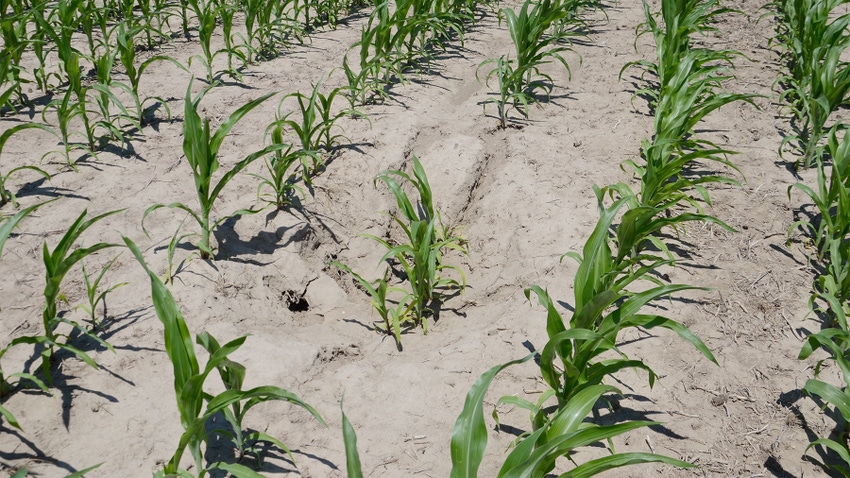
If you dug a post hole today on your farm, would you hit moist soil before you quit digging? How about tile lines? Are they running? While it’s likely a mixed bag depending upon where you live, probably more than half of you would answer, “No, I would not hit moist soil digging a post hole, and no, tile lines aren’t running.”
“We have some issues with dryness across the Midwest right now, depending on where you are,” explains Dennis Todey, director of USDA’s Midwest Climate Hub in Ames, Iowa. “We’re seeing some marginal improvement in relief of drought issues this winter, but overall, early winter was drier than normal in many places. A drier-than-normal trend has existed for as long as three years in some locations. It’s not clear when all areas will see relief.”
Todey isn’t suggesting a major drought in the Corn Belt this summer at this point. Don’t be the one who starts that rumor! It’s simply too far out to forecast weather trends in detail for the summer growing season, he emphasizes. However, he can help you size up the picture related to soil moisture so far.
Trend develops
The trend toward dryness and drought that impacted a good share of the Midwest in 2023 didn’t start overnight. Todey looked at departure from normal for precipitation across the Corn Belt from Dec. 3, 2020, to Dec. 2, 2023. A large chunk of Iowa is a cumulative 16 to 20 inches below normal in precipitation during that three-year period. That type of dryness also shows up in eastern Nebraska, Kansas, Missouri, southern Minnesota and southern Wisconsin, with parts of Illinois and Indiana being dry, but not quite that dry.
“Iowa has experienced some level of drought since July of 2020,” Todey says. “Many areas continue to be below normal on precipitation.”
During the summer growing season, what’s called the evaporative demand of crops, or increased crop water use, can add to the effects of a lack of precipitation during a drought. During warm winters, warmer-than-normal temperatures even when crops aren’t growing dries out soils to some extent. None of these factors is helpful when moisture is already limiting, Todey says.
Current conditions
Precipitation amounts continued to be below normal during fall and early winter in many of the same areas that have large three-year moisture deficits, Todey says. Many areas in the Corn Belt were still dry in midwinter as 2024 began to unfold.
For example, in mid-December, all but a very small portion of four Indiana counties in extreme northern Indiana were still at least abnormally dry by U.S. Drought Monitor standards, with the southern half of the state being drier still.
El Niño conditions, which likely helped set up the warmer-than-normal, drier-than-normal winter, are expected to dissipate and be gone by summer. A neutral phase will likely come next, Todey says.
“We don’t know what summer will bring, but it’s likely some areas of the Corn Belt will go into planting season this spring without soil moisture fully replenished,” he concludes.
About the Author(s)
You May Also Like




